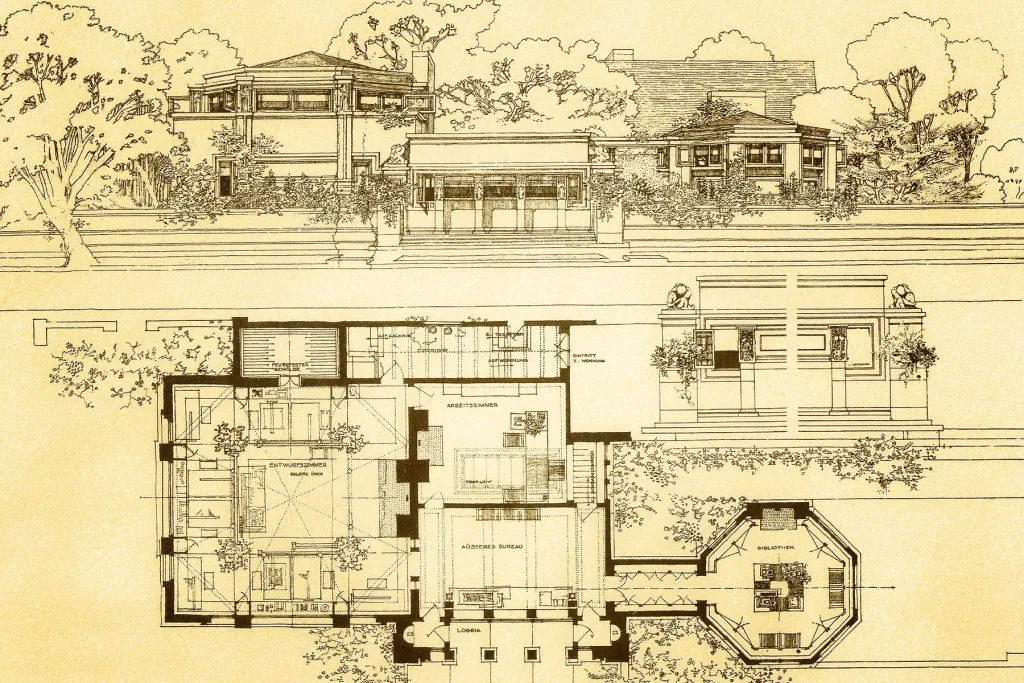
The 1970s and 1980s were a decade of extremes in fashion. As people pushed the boundaries of freedom of speech in other creative sectors, styles altered regularly.
Going to Extremes
Anti-war demonstrators in the 1970s insulted the military by donning surplus army uniforms. At the same time, organisations like The Village People questioned masculinity stereotypes by dressing up as police officers and construction workers in macho outfits. Others retreated into illusory splendour or nostalgia in response to mounting unemployment and social inequity. Glam rockers like Marc Bolan set some absurd trends: hair became more extended, platform boots rose, and flared trousers became even more comprehensive.
Textile production technology advancements
Lycra is a brand of synthetic elastic fibre created by the Du Pont Corporation in 1958. To increase its stretch, strength, and how it feels and hangs. Lycra is always blended with a different fibre. Some options include covering it with other fibre, twisting it with other fibre as it is spun, driving it through an air jet with the other fibre, or coating it with a lacework of strands.

Punks and Disco Babes
In the 1970s, synthetic textiles like elastic lycra emerged when the fitness craze took hold and shame set in. The anti-fashion brigade, the punks, with their shredded clothing and safety pin jewellery, were on the other end of the spectrum.

When the East meets the West
In contrast to the muscular, passed-shouldered power suits worn by yuppie businesswomen, the frilly shirts of the new romantics indicated a shift towards the nostalgia of retro trends in the early 1980s. Meanwhile, Japanese designers like Issey Miyake, Rei Kawakubo, and Yohji Yamamoto were redefining fitted clothing by layering and draping textiles to create sculptural works of art.
Sources
Gaff, J., & Tyrrell, J. (1999). The high-tech age: 70s and 80s. David West Children’s Books.
More History of Design
Ric Gath: The Reluctant Revolutionary of Surf Safety
Ric Gath, an Australian surfer-inventor, created the first surf-specific helmet in 1989, redefining surf safety and leaving a lasting legacy in protective design, despite industry resistance.
Keep readingThe Allure of Agate: History and Modern Uses
The agate cup in the V&A Museum illustrates the stone’s historical significance in art. Valued for beauty and versatility, agate inspires modern and traditional designs alike.
Keep readingInternational Exhibitions of the Victorian Period: Tastemakers of the 19th Century
Victorian exhibitions showcased industrial and artistic achievements, influencing global design trends, public taste, and cultural values, while paving the way for future world fairs and museums.
Keep readingExploring Italian Gothic Design: Art and Architecture
Italian Gothic architecture, flourishing from the 12th to 16th centuries, blends Northern influences with classical heritage, showcasing elaborate façades, functional furniture, and intricate decorative arts.
Keep readingThe Hoosier Kitchen Cabinet: Revolutionizing the American Kitchen
The Hoosier Kitchen Cabinet revolutionized early 20th-century kitchen efficiency, empowering homemakers and becoming a beloved vintage design icon.
Keep readingAcella Curtains: A Mid-Century Modern Statement in Textile Design
The 1961 advertisement for Acella curtains highlighted their synthetic material, bold geometric patterns, and vibrant colors, embodying mid-century modern design for contemporary interiors.
Keep readingExploring Lampblack in Decorative Arts
Lampblack powder, derived from soot, is a versatile black pigment widely used in inks, paints, calligraphy, and various decorative arts throughout history.
Keep readingThe Legacy of Aladdin Kerosene Lamps: Innovation and Collectibility
Aladdin lamps, innovated by Victor Johnson, revolutionized kerosene lighting with superior brightness and efficiency, becoming collectable treasures noted for their vibrant glass designs and historical significance.
Keep readingThe Tarot: A Pictorial Journey in the Applied and Decorative Arts
The Tarot, a historical artistic and divinatory tool, blends pictorial design, symbolism, and craftsmanship, evolving through centuries while inspiring contemporary artistic expressions and storytelling.
Keep readingThe Wasmuth Edition: Frank Lloyd Wright’s Architectural Magnum Opus
The Wasmuth Portfolio, published in 1910, introduced Frank Lloyd Wright’s influential designs to Europe, significantly impacting modernist architecture and inspiring future architects.
Keep readingRelated Articles
❤️ Receive our newsletter
Discover more from Encyclopedia of Design
Subscribe to get the latest posts sent to your email.









